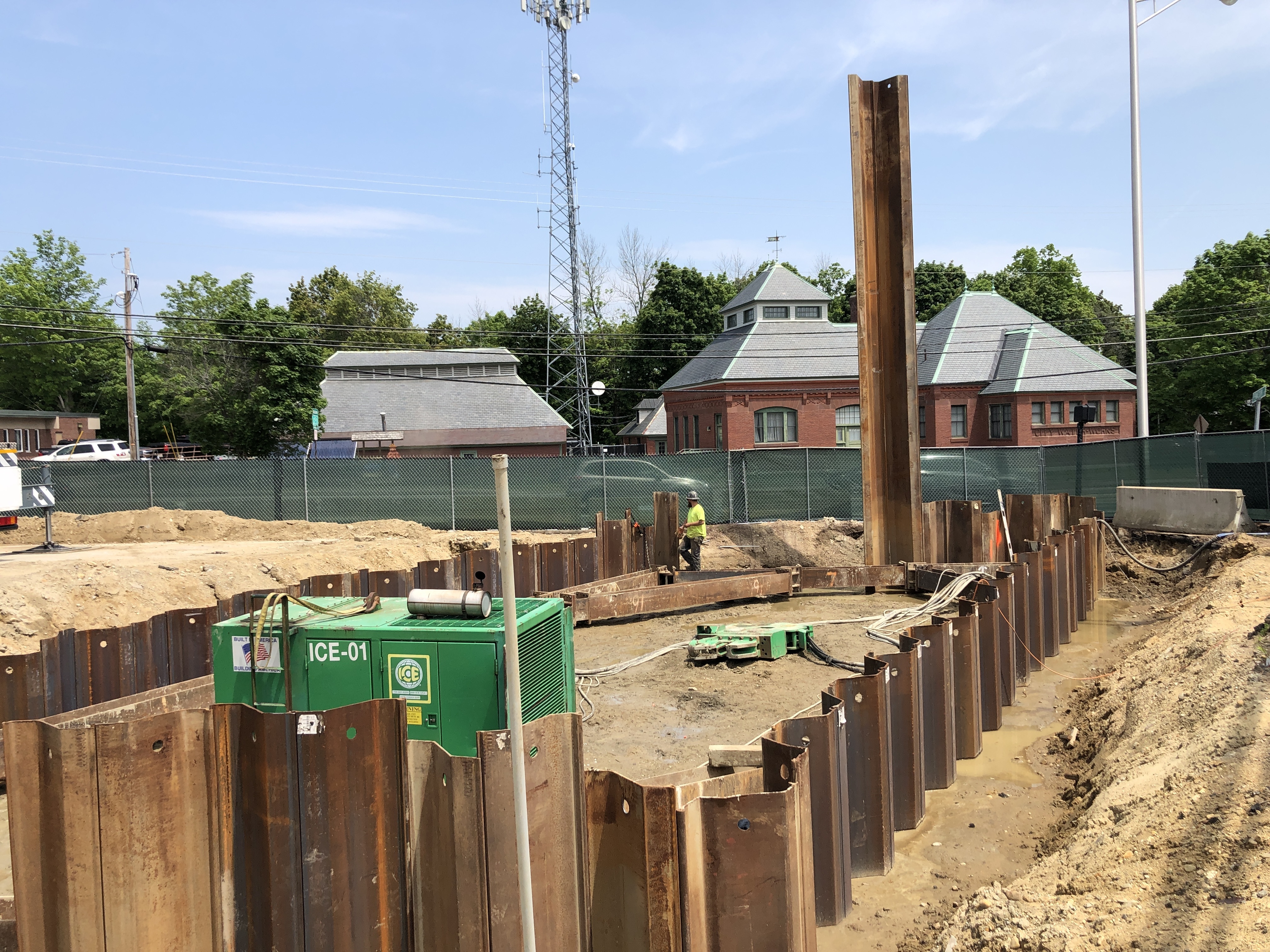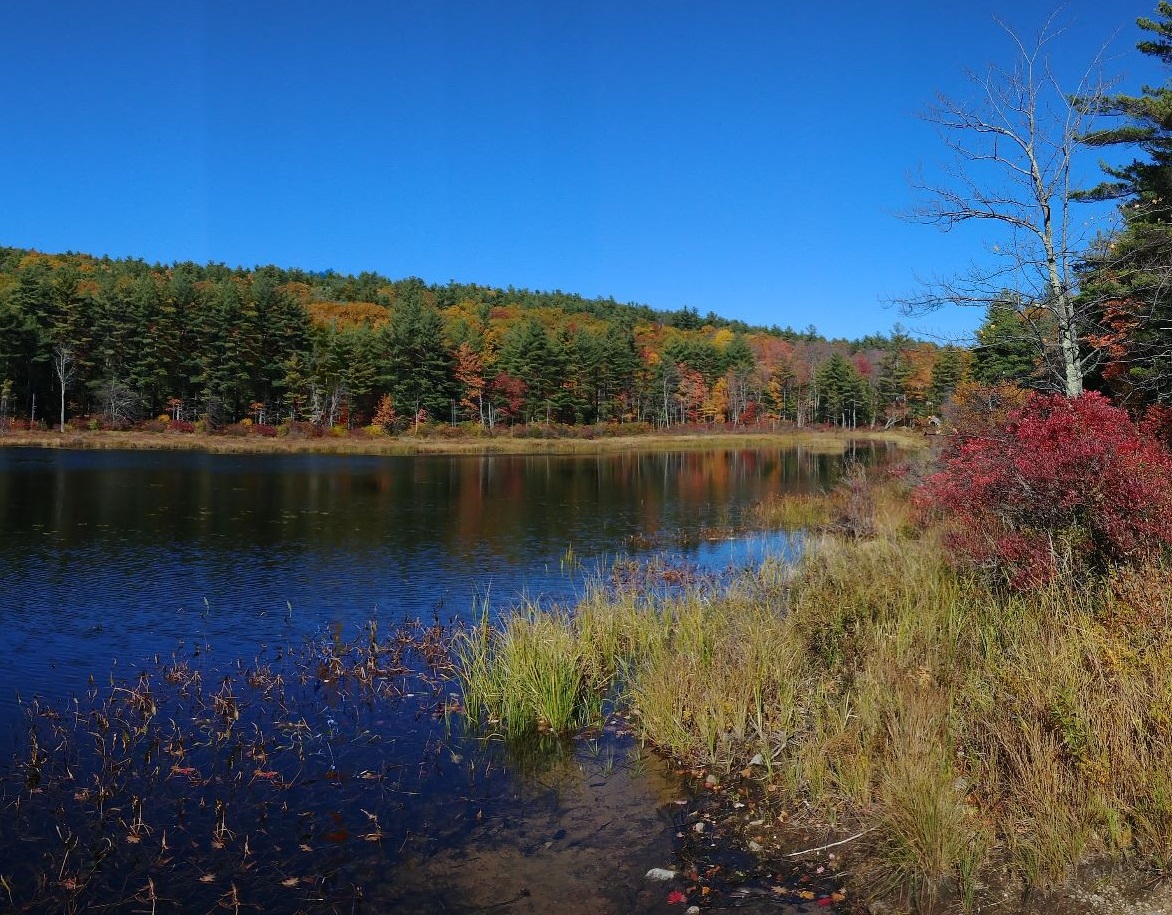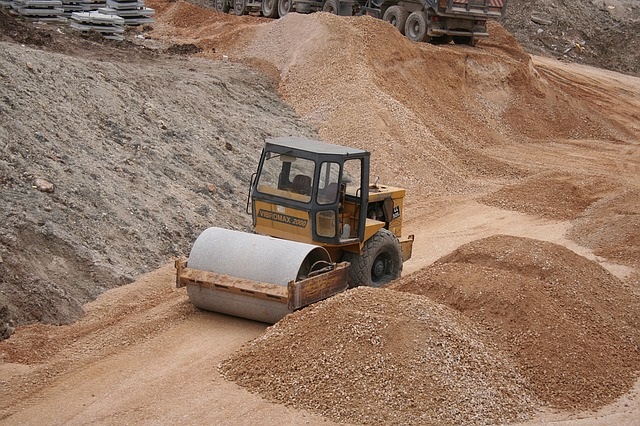Source Assessment Reports
Assessments of public water system source vulnerabilities.
The vulnerability of each of the approximately 2,950 public water supply sources in the state was assessed between 2000 and 2003, and the information was provided in the form of assessment reports (one for each public water supply source) to public water suppliers and the general public. The Federal Safe Drinking Water Act Amendments of 1996 required the assessments, but NHDES had some discretion as to how the information was gathered and evaluated in order to prepare the reports. NHDES' approach, described in detail in its Drinking Water Source Assessment Program (DWSAP) Plan, was approved by the EPA on May 1999.
Reports by Town
Search for Assessment Reports for Public Water Systems by Town (type the town name in the keyword search).
Assessment Maps
The maps that accompany the assessment reports can be recreated online using NHDES’ OneStop Data Mapper.
Protection of Public Water Supplies
Municipalities play a critical role in protecting aquifers as well as rivers and lakes used as sources of drinking water. In New Hampshire, local planning boards, conservation commissions and concerned citizen groups are actively involved in land use planning, land conservation and public education efforts that improve protection of drinking water resources. Municipalities can develop and adopt source water protection plans (view the Town of Plaistow’s Source Protection Plan as an example), adopt groundwater or surface water protection zoning ordinances, adopt health ordinances, reclassify groundwater (through NHDES) and educate residents about protecting drinking water resources. Often municipalities work closely with public water systems to protect water supply sources. To learn more about how your community can improve source water protection, explore the tabs below or contact the Drinking Water and Groundwater Bureau at (603) 271-0688.

Develop a Protection Plan
Public Water Systems can develop plans that clearly delineate source protection areas, inventory potential contamination sources and identify actions that limit the risk of contamination of local aquifers, lakes and rivers. Source protection plans include actions that protect critical water supply lands, outline public education activities and support the adoption of local regulations that protect drinking water resources. Another proactive step is to form a Source Water Collaborative.

Groundwater reclassification increases protection
Groundwater Reclassification is an elective program that allows municipalities or public water suppliers to increase local protection of groundwater by upgrading the state’s classification of a groundwater resource. There are four classes of groundwater in New Hampshire, as outlined in New Hampshire’s Groundwater Protection Act. Groundwater reclassification application and renewal forms can be found on nForm.

Local Zoning and Health Ordinance
Cities and towns can place limits on what kinds of development are acceptable in specific areas of a community through various sorts of local ordinances including zoning and health regulations. For example, local zoning laws usually set up different districts for residential, retail/commercial, and industrial activities to avoid conflict among various land uses.




